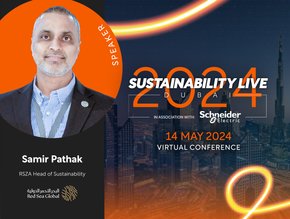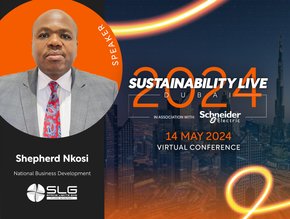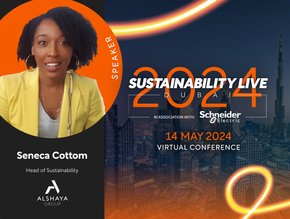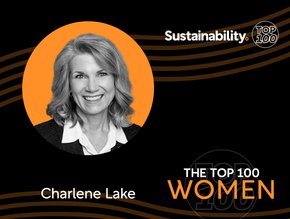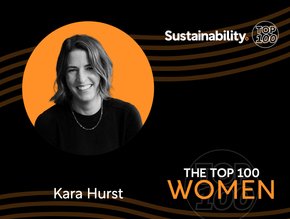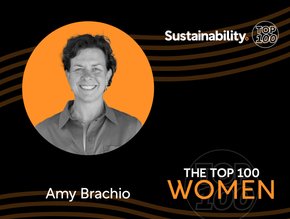Chevron's ambitions for net zero 2050 and Scope 3 emissions
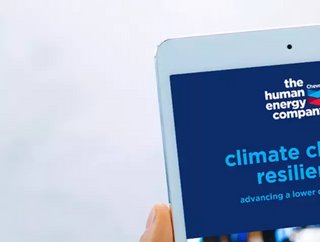
The second largest oil company in the USA, Chevron Corporation, has revealed its plans for a lower carbon future, including its desire to hit net zero by 2050 and new targets for Scope 1, 2, and 3 emissions.
A producer of crude oil and natural gas, Chevron was founded in 1879. Chevron is headquartered in San Ramon, California, USA, and has a revenue of $94bn.
This is a bold move from a company plagued by accusations of pollution. Civilians in Ecuador blamed Chevron for dumping toxic waste in the Lago Agrio region for decades, which caused cancer and birth defects in the location population. In 2011, the company was ordered to pay $9.5bn in compensation by an Ecuadorian judge, but in 2018, the company was cleared by The Hague. However, many remain convinced of Chevron’s guilt.
Emissions from Scopes 1, 2 and 3 at Chevron
Many emission-heavy industries have released plans to take on Scopes 1, 2 and 3 - but what are these scopes? There are three categories for greenhouse gas emissions, the scopes. These are used to help businesses work out where their heaviest emissions come from.
Scope 1
These are direct emissions from sources owned or controlled by the business in question
Scope 2
Indirect emissions: purchased electricity, steam, heating and cooling
Scope 3
Scope 3 is often willfully ignored by businesses who have done well in lowering their Scope 1 and 2 emissions. Scope 3 accounts for all other indirect emissions that occur in a company’s value chain, including those in another country.
As a world leading energy company, Chevron is focused on lowering the carbon intensity of its operations across the business:
- Chevron’s Scope 1: direct emissions of the six Kyoto Protocol greenhouse gases (GHG)--carbon dioxide (CO2), methane (CH4), nitrous oxide (N2O), sulfur hexafluoride, perfluorocarbons, and hydrofluorocarbons
- Chevron’s Scope 2: indirect GHG emissions from imported electricity and steam
- Chevron’s Scope 3: the use of products
Chevron’s new targets have set a greater than 5% carbon emissions intensity reduction target from 2016 levels, by 2028. The company plans to publish a PCI methodology document and online tool, to enable third parties to calculate PCI for energy companies.
Problem solving and successful partnerships will create sustainable change at Chevron
As a result of the Ecuador rainforest oil dumping case, Chevron’s dedication to achieving net zero by 2050 will be met with scepticism by many, or viewed as a greenwashing exercise.
Yet the Chevron team is serious about meeting these goals responsibly.
“Solutions start with problem solving, which is exactly what the people of Chevron do – and have excelled at for over 140 years”, said Michael Wirth, Chevron’s chairman and CEO. “This report offers further insights about our strategy, how we are investing in lower-carbon businesses and why we believe this is an exciting time to be in the energy industry.”
“We regularly engage with stakeholders and investors to understand their views and to be responsive to their increasing expectations on all issues, including ESG”, said Ronald Sugar, Chevron’s lead director. “Our updated report demonstrates our goal to partner with many stakeholders to work toward a lower carbon future.”

